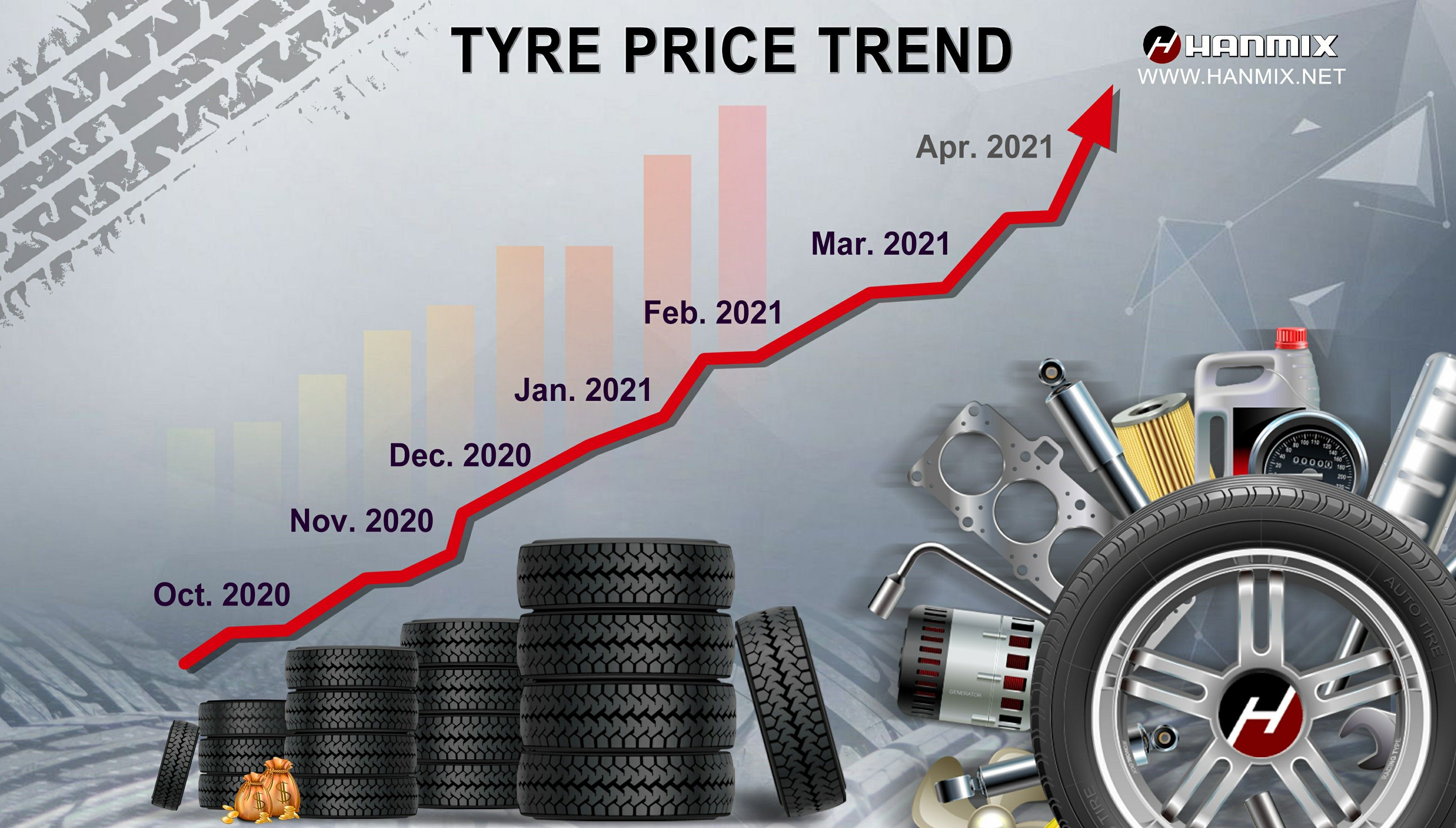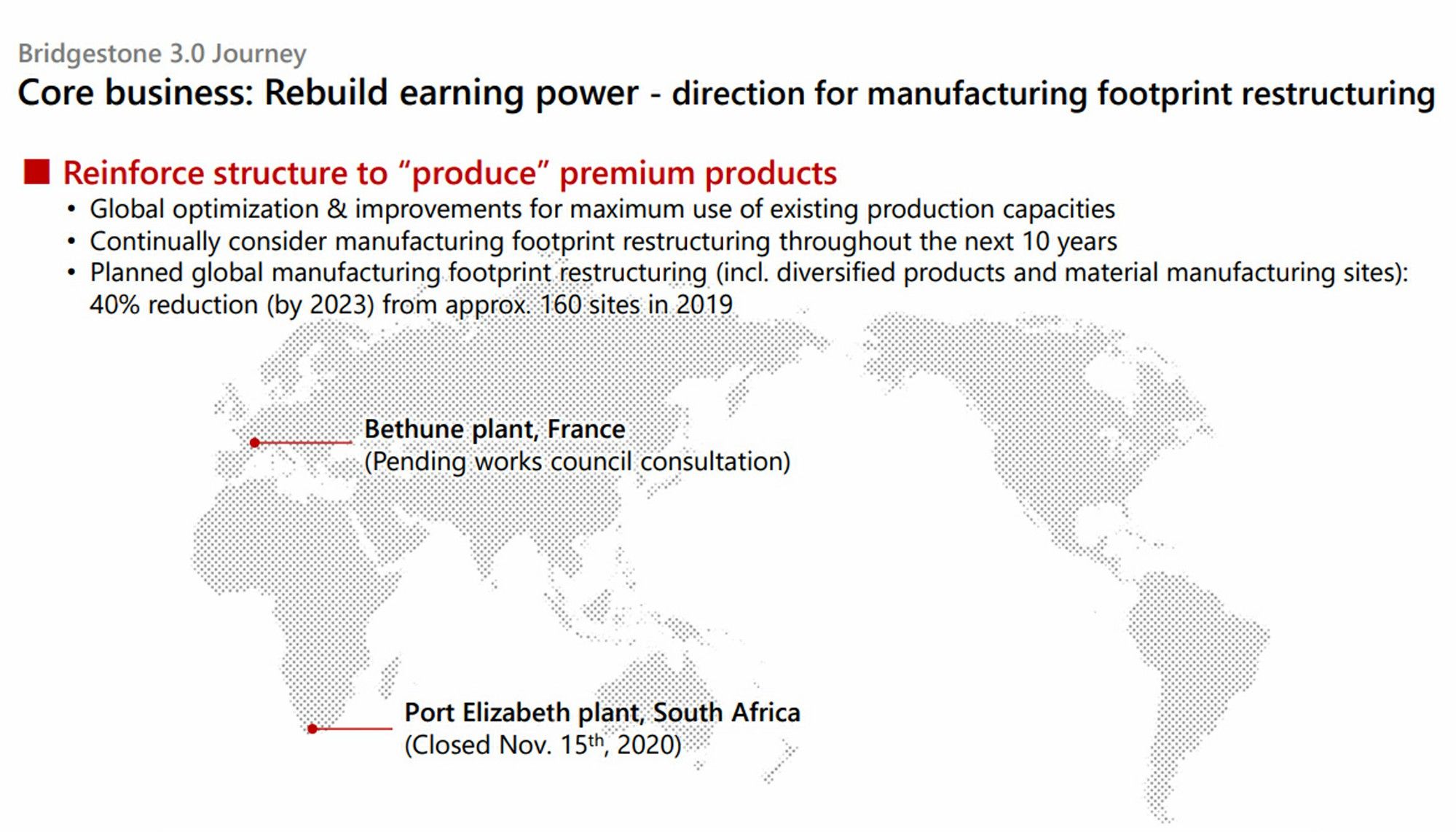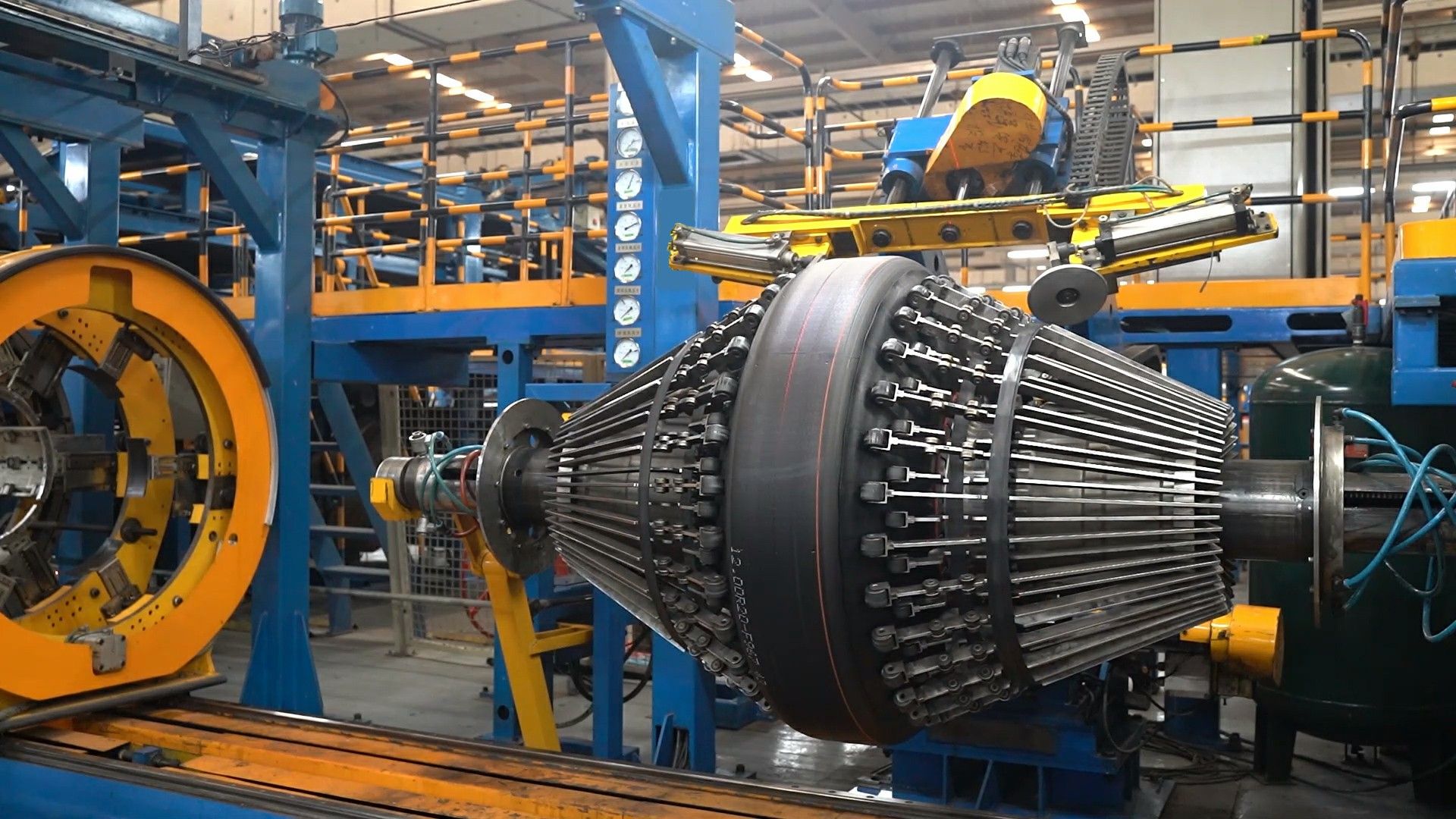By: Hanmix News Source: Tire Business
What are the factors that have caused the tire price increase? What will be the trend for tire industry in 2021?

Global price increase
In the second half of 2020, China's tire prices rise sharply, and the current price increase is still going on.
Most of the tire factories have issued price increase announcements several times. And many of them revealed that prices will rise again next month.
Each time, the price increases by 3-6%. From January 2021 till now, in fact, the tire price of each factory has increased by more than 15% cumulatively.
It is not only the Chinese market that is increasing prices, but the tire prices in North America and Europe are currently also increasing.
In the North American market, Bridgestone, Apollo, Yokohama, etc. have taken the lead in raising prices. In the European market, Nexen and Michelin have announced price increases. In South Korea, Hankook and Kumho have announced price increases. Starting next month, the price of Kumho passenger car and light truck tires will increase by 4-10%, while the price of trucks and buses will increase by 3-7. %. Hankook will increase tire prices in all four categories by 3-10% with in this month.
The main reason for the global increase in tire prices is the imbalance between supply and demand. Due to the impact of COVID-19, the production capacity of tire factories outside of China has dropped significantly. However, with the recovery of economic activities, the tire market demand has soared, but the production capacity of the tire factory has not kept up.
In addition to the supply and demand relationship, the continued strength of raw material prices, especially rubber prices, is also one of the reasons for tire companies to increase prices. It is not difficult to predict that global tire prices will be at a high level in full year of 2021.

Production cuts and factory closures continue
Starting from about 2019, many tire companies have deliberately begun to adjust and integrate their factories and production capacity, and eliminate outdated factories and production capacity. They have gradually invest funds in the direction of large-size and high-value-added products.
Bridgestone has announced the closure of the Elizabeth plant in Africa and the Betune plant in France. In its mid-term business plan for 2021-2023, significant changes are involved in the company's manufacturing plant. According to the plan, the number of factories will be reduced by 40% by 2023. Bridgestone made it clear that it will continue to consider restructuring its manufacturing operations in the next ten years.

Pirelli transferred the capacity of its Gravatai tire plant in Brazil to the Campinas plant in Sao Paulo. Recently, there was news that it was reducing production and layoffs at the British plant.
Continental plans to shut down the Aachen plant in Germany. Michelin has taken some integration measures for the Scottish plant, the German plant and the French plant. Goodyear closed an American factory and integrated and upgraded the German factory.
After nearly a hundred years of development, the top global tire companies have encountered development bottlenecks and must make strategic changes. Profitable and healthy development of the factory is the top priority, rather than blind expansion of production capacity. For them, 2020 is an important turning point. The market crisis caused by the epidemic has made these companies deeply aware of the importance of profitability. 2021 will be a year of in-depth adjustments. They will further optimize production capacity. Factories shutdown and capacity reduction will become more intense in 2021.
Reduce costs and increase efficiency
In 2020, The most mentioned by tire companies is to reduce costs and increase efficiency. The epidemic has led to a serious decline in sales and tight capital flows. It is imminent to reduce costs and increase efficiency.
In 2020, many tire giants have adopted pay cuts and even layoffs. Bridgestone has adjusted the entire business structure and carried out a series of streamline personnel and administration. Nokian Tyres has signed a flexible work agreement with its employees to ensure employment and reduce costs. Continental Group made it clear last year that optimization, adjustment, cost reduction and efficiency enhancement will continue for several years. Sumitomo, Hankook, Yokohama, etc. have repeatedly spoken about the need to control costs and increase profitability in 2021.

Production and cost reduction are also important factors driving tire prices. In 2021, the tire market will usher in an important turning point, that is, the price turning point. The tire price system will be upgraded to a new level, and the price competition of tires will also be upgraded to a new level. The global tire market has developed to a stage that changes should be made. Unexpectedly, the epidemic has become an important force to promote the progress of the industry. After the crisis, how will global tire companies operate their businesses in 2021, and where will the market trend be pushed? Let us wait and see.


